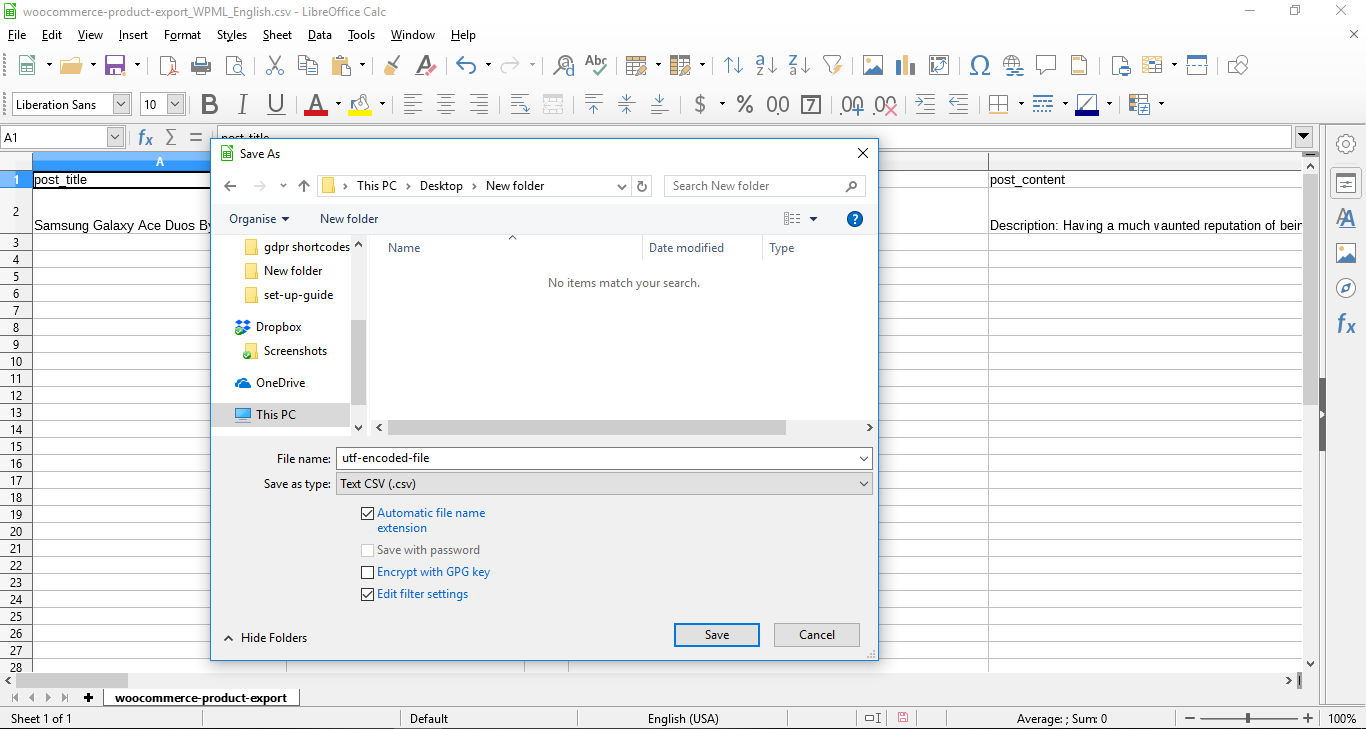

So far, so simple, especially if you think there are only 26 characters in the alphabet, ten numbers, and some grammatical marks like ! or there are also 26 upper case letters and far more grammatical marks that you might realize (your keyboard only shows a small subset of possible grammatical marks, even for English). RELATED: What Are Character Encodings Like ANSI and Unicode, and How Do They Differ? Behind the scenes, your computer represents these glyphs using a code that is interpreted by a program-like a web browser or a word processor-and then renders them on screen as a character.

So every letter in this article is a glyph that represents a letter-a, b, c, and so on. The less-comprehensive explanation is that a character is a glyph that appears on screen when you type something. If you’re not sure what “character encoding” is, we’ve got a comprehensive explanation for you.


 0 kommentar(er)
0 kommentar(er)
